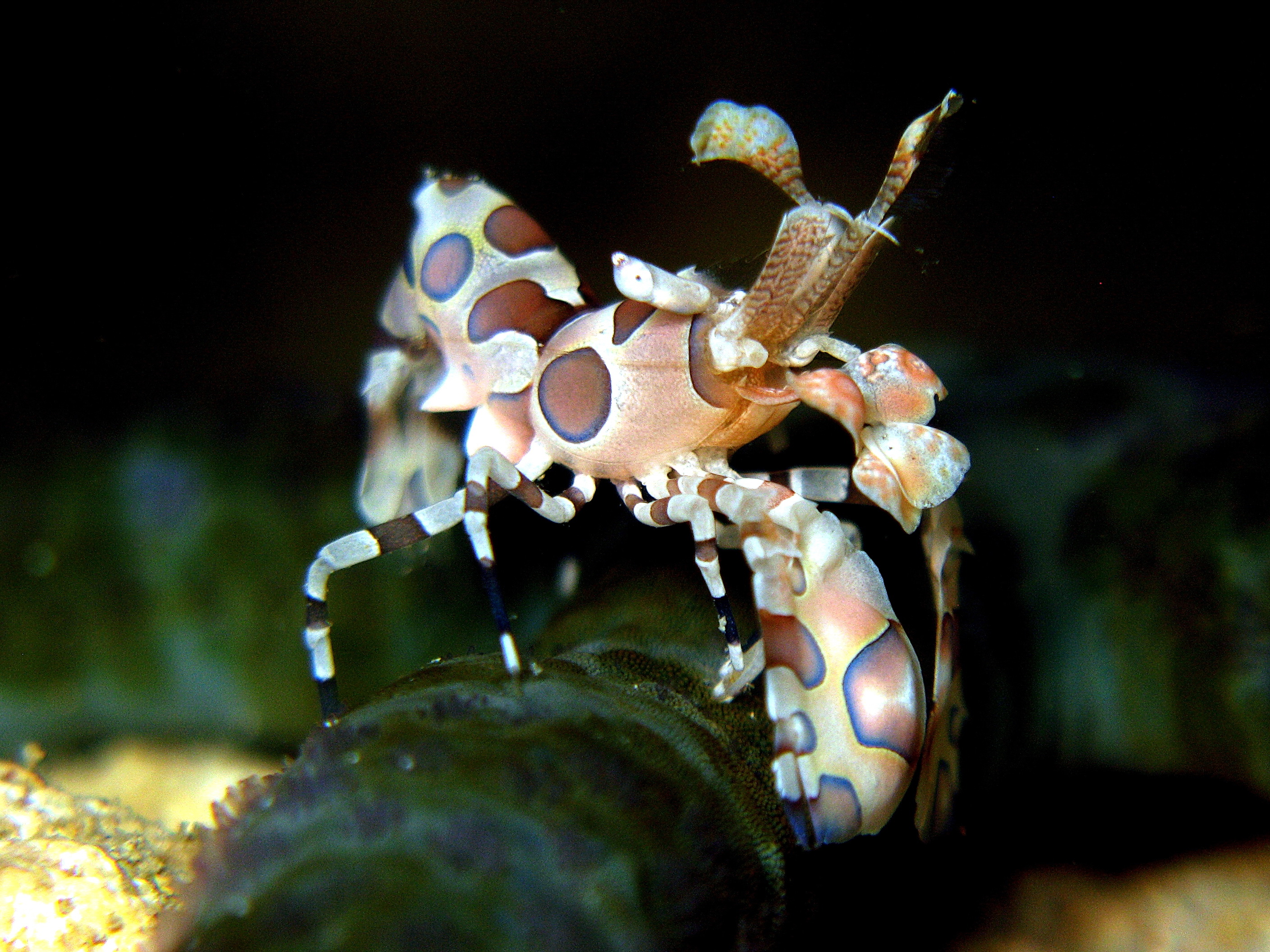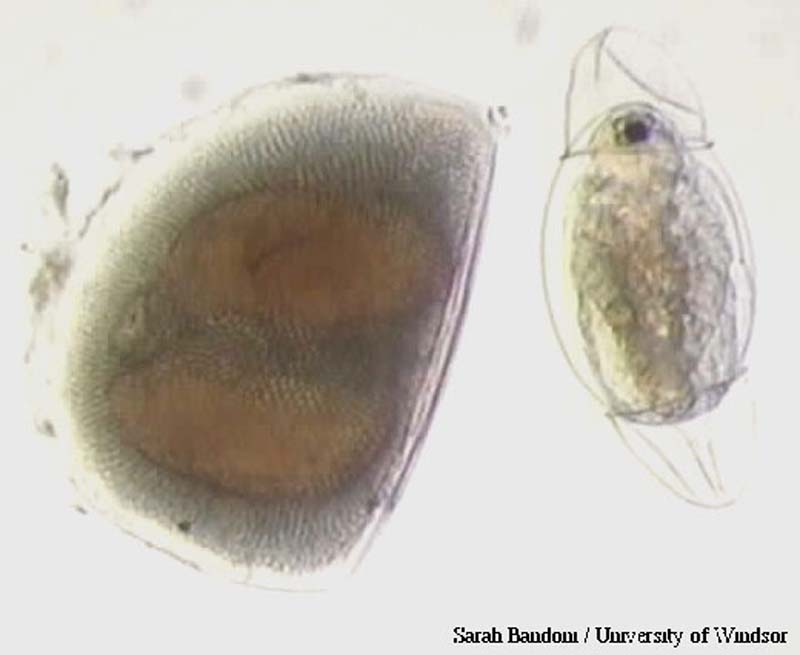|
Paleofauna Of The Messel Pit
This is an overview of the of the Eocene Messel Formation as explored by the Messel Pit excavations in Germany. A former quarry and now UNESCO World Heritage Site, the Messel Formation preserves what once were a series of anoxic lakes surrounded by a sub-tropical rainforest during the Middle Eocene, approximately 47 Ma. Sponges Molluscs Crustaceans Arachnids Araneae Opiliones Insects Coleoptera Dictyopterans Dipterans Hemiptera Hymenoptera Lepidoptera Neuroptera Odonata Phasmatodea "Fish" Amiiformes Anguilliformes Lepisosteiformes Perciformes Thaumaturidae Amphibians Caudata Anura Squamata Testudinata Crocodyliformes Birds Palaeognathae Anseriformes Galliformes Mirandornithes Cuculiformes Strisores Charadriiformes Gruimorphae Suliformes Pelecaniformes Strigiformes Coraciimorphae Cariamiformes (?) Several groups of Messel birds share characteristics with the modern seriemas, which has led to them being placed ... [...More Info...] [...Related Items...] OR: [Wikipedia] [Google] [Baidu] |
Eocene
The Eocene ( ) Epoch is a geological epoch that lasted from about 56 to 33.9 million years ago (mya). It is the second epoch of the Paleogene Period in the modern Cenozoic Era. The name ''Eocene'' comes from the Ancient Greek (''ēṓs'', " dawn") and (''kainós'', "new") and refers to the "dawn" of modern ('new') fauna that appeared during the epoch. The Eocene spans the time from the end of the Paleocene Epoch to the beginning of the Oligocene Epoch. The start of the Eocene is marked by a brief period in which the concentration of the carbon isotope 13C in the atmosphere was exceptionally low in comparison with the more common isotope 12C. The end is set at a major extinction event called the ''Grande Coupure'' (the "Great Break" in continuity) or the Eocene–Oligocene extinction event, which may be related to the impact of one or more large bolides in Siberia and in what is now Chesapeake Bay. As with other geologic periods, the strata that define the start and e ... [...More Info...] [...Related Items...] OR: [Wikipedia] [Google] [Baidu] |
Daphniidae
Daphniidae is a family of water fleas in the order Anomopoda. Description Members of the family Daphniidae differ from other, similar diplostracans, such as the Macrotrichidae and Moinidae, in that the antennae of females are short and immobile. Ecology The feeding mechanism of the members of the family Daphniidae differs from that of the Macrotrichidae in allowing the animals to engage in filter feeding, rather than having to scrape food from a surface. They have evolved to fill a number of different ecological niches. '' Scapholeberis'' and '' Megafenestra'' contain species adapted to living around the surface film; '' Simocephalus'' species cling to objects while filter feeding; others have developed a pelagic lifestyle. Taxonomy The family Daphniidae contains 121 species in five genera: *'' Ceriodaphnia'' Dana, 1853 *''Daphnia'' O. F. Müller, 1785 *'' Megafenestra'' Dumont & Pensaert, 1983 *'' Scapholeberis'' Schoedler, 1858 *'' Simocephalus'' Schoedler, 1858 The memb ... [...More Info...] [...Related Items...] OR: [Wikipedia] [Google] [Baidu] |
Bechleja Brevirostri - Mazancourt Et Al 2022
''Bechleja'' is an extinct genus of shrimp which existed during the Eocene The Eocene ( ) Epoch is a geological epoch that lasted from about 56 to 33.9 million years ago (mya). It is the second epoch of the Paleogene Period in the modern Cenozoic Era. The name ''Eocene'' comes from the Ancient Greek (''ēṓs'', " ... period. It contains four species. References Palaemonoidea Eocene crustaceans {{Caridea-stub ... [...More Info...] [...Related Items...] OR: [Wikipedia] [Google] [Baidu] |
Palaemonidae
Palaemonidae is a family of shrimp in the order Decapoda. Many species are carnivores that eat small invertebrates, and can be found in any aquatic habitat except the deep sea. One significant genus is '' Macrobrachium'', which contains commercially fished species. Others inhabit coral reefs, where they associate with certain invertebrates, such as sponges, cnidarians, mollusks, and echinoderms, as cleaner shrimps, parasites, or commensals. They generally feed on detritus, though some are carnivores and hunt tiny animals. The family contains more than 1200 species in 160 genera. The genera were formerly split into two subfamilies, but in 2015, molecular and morphological research determined that the subfamily groupings were invalid. At the same time, the members of the families Gnathophyllidae and Hymenoceridae were incorporated into the Palaemonidae. Genera The following genera are recognised: *'' Actinimenes'' *''Alburnia'' *''Allopontonia'' *'' Altopontonia'' *'' ... [...More Info...] [...Related Items...] OR: [Wikipedia] [Google] [Baidu] |
Moina Macrocopa
''Moina'' is a genus of crustaceans within the family Moinidae. The genus was first described by W. Baird in 1850. They are referred to as water fleas, but are related to the much larger ''Daphnia magna'' and the larger ''Daphnia pulex''. This genus demonstrates the ability to survive in waters containing low oxygen levels, high salinity, and other impurities, including salt pans, and commonly eutrophication. An example of such an extreme habitat is the highly saline Makgadikgadi Pans of Botswana, which supports prolific numbers of ''Moina belli''. The ''Moina'' are known to be found in various types of bodies of water in Eurasia where new found research indicates that there is an increased presence of biodiversity in regions of Northern Eurasia, Japan and China. There is an increase of new phylogroups found in Northern Eurasia, an increase of 4 new ''Moina'' species in Japan and an increase of five new lineages in China. Species ''Moina'' contains these species: * ''Moina ... [...More Info...] [...Related Items...] OR: [Wikipedia] [Google] [Baidu] |
Water Flea
The Diplostraca or Cladocera, commonly known as water fleas, are a superorder of small crustaceans that feed on microscopic chunks of organic matter (excluding some predatory forms). Over 1000 species have been recognised so far, with many more undescribed. The oldest fossils of diplostracans date to the Jurassic, though their modern morphology suggests that they originated substantially earlier, during the Paleozoic. Some have also adapted to a life in the ocean, the only members of Branchiopoda to do so, even if several anostracans live in hypersaline lakes. Most are long, with a down-turned head with a single median compound eye, and a carapace covering the apparently unsegmented thorax and abdomen. Most species show cyclical parthenogenesis, where asexual reproduction is occasionally supplemented by sexual reproduction, which produces resting eggs that allow the species to survive harsh conditions and disperse to distant habitats. Description They are mostly long, with ... [...More Info...] [...Related Items...] OR: [Wikipedia] [Google] [Baidu] |
Moina
''Moina'' is a genus of crustaceans within the family Moinidae. The genus was first described by W. Baird in 1850. They are referred to as water fleas, but are related to the much larger ''Daphnia magna'' and the larger ''Daphnia pulex''. This genus demonstrates the ability to survive in waters containing low oxygen levels, high salinity, and other impurities, including salt pans, and commonly eutrophication. An example of such an extreme habitat is the highly saline Makgadikgadi Pans of Botswana, which supports prolific numbers of ''Moina belli''. The ''Moina'' are known to be found in various types of bodies of water in Eurasia where new found research indicates that there is an increased presence of biodiversity in regions of Northern Eurasia, Japan and China. There is an increase of new phylogroups found in Northern Eurasia, an increase of 4 new ''Moina'' species in Japan and an increase of five new lineages in China. Species ''Moina'' contains these species: * ''Moi ... [...More Info...] [...Related Items...] OR: [Wikipedia] [Google] [Baidu] |
Moinidae
Moinidae is a crustacean family within the order Cladocera. Species within this family are widely occurring, including North America and Africa. In newer classifications, it is sometimes included in the family Daphniidae Daphniidae is a family of water fleas in the order Anomopoda. Description Members of the family Daphniidae differ from other, similar diplostracans, such as the Macrotrichidae and Moinidae, in that the antennae of females are short and immobi .... Genera These two genera belong to the family Moinidae: * '' Moina'' Baird, 1850 * '' Moinodaphnia'' Herrick, 1887 References Cladocera Crustacean families {{Branchiopoda-stub ... [...More Info...] [...Related Items...] OR: [Wikipedia] [Google] [Baidu] |
Daphnia Pulex
''Daphnia pulex'' is the most common species of water flea. It has a cosmopolitan distribution: the species is found throughout the Americas, Europe, and Australia. It is a model species, and was the first crustacean to have its genome sequenced. Description ''D. pulex'' is an arthropod whose body segments are difficult to distinguish. It can only be recognised by its appendages (only ever one pair per segment), and by studying its internal anatomy. The head is distinct and is made up of six segments, which are fused together even as an embryo. It bears the mouthparts, and two pairs of antennae, the second pair of which is enlarged into powerful organs used for swimming. No clear division is seen between the thorax and abdomen, which collectively bear five pairs of appendages. The shell surrounding the animal extends posteriorly into a spine. Like most other ''Daphnia'' species, ''D. pulex'' reproduces by cyclical parthenogenesis, alternating between sexual and asexual rep ... [...More Info...] [...Related Items...] OR: [Wikipedia] [Google] [Baidu] |
Ephippia
Ephippia (singular: ephippium) are winter or dry-season eggs of the various species of small crustacean in the order Cladocera (within the Branchiopoda); they are provided with an extra shell layer, which preserves and protects the resting stages inside from harsh environmental conditions until the more favorable times, such as spring, when the reproductive cycle is able to take place once again. Ephippia are part of the back of a mother carrying them until they are fully developed. After molting, the ephippium stays in the water, or in the soil of dried puddles, small ponds, and vernal pools. The resting stages are often called eggs, but are in fact embryos with arrested development. Ephippia can rest for many years before the embryo resumes development upon an appropriate hatching stimulus. See also * '' Bythotrephes longimanus'' (invasive species) * '' Cercopagis pengoi'' (invasive species) * ''Daphnia ** '' Daphnia longispina'' ** ''Daphnia lumholtzi'' (invasive species ... [...More Info...] [...Related Items...] OR: [Wikipedia] [Google] [Baidu] |




